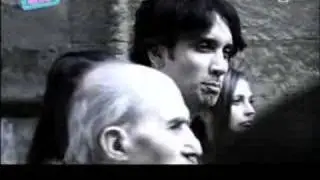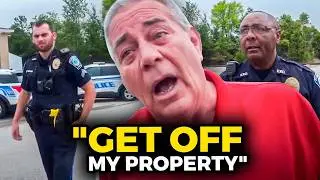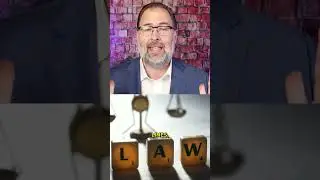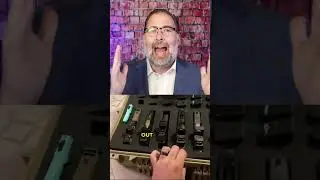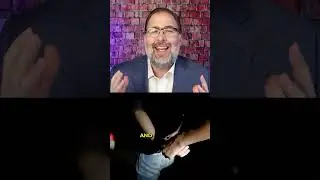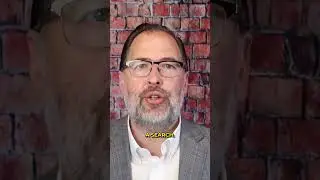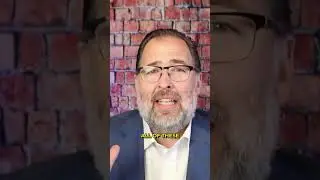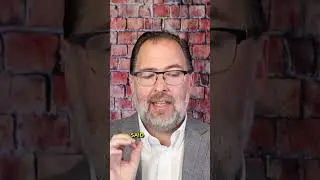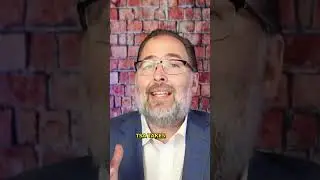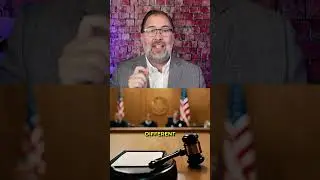How To Remove A Protective Order: A Former DA Breaks Down The Law! (2021)
Arrested in Texas? Get a Free Case Analysis: https://www.criminalattorneyfortworth...
Free Guides:
What to Do When You've Been Charged in Texas: https://www.criminalattorneyfortworth...
Ultimate Guide to DWI Defense in Texas: https://www.criminalattorneyfortworth...
What to Do When Charged with Domestic Violent Crime: https://www.criminalattorneyfortworth...
How to Beat a Drug Charge in Texas: https://www.criminalattorneyfortworth...
What Happens in Texas If You Are Hit with a Protective Order?
Protective orders, also known as restraining orders, are issued to protect victims of domestic violence, stalking, sexual violence, and human trafficking.
Although protective orders are important to protect victims of violence and/or stalking, they can also be filed frivolously to gain leverage in family law proceedings. Moreover, if you are hit with a protective order, your freedom may be compromised. It is therefore important to know how to respond and avoid violations.
Grounds for a protective order
As mentioned above, there are several different acts that serve as grounds for someone getting a protective order in Texas:
• actual or threatened physical violence
• psychological abuse
• stalking
• depletion of assets
• human trafficking
• patent and trademark infringement
However, most protective orders are filed to prevent continued domestic violence, or as a part of divorce proceedings.
A protective order, filed by the petitioner, prevents the respondent from making any form of contact or communication with the petitioner – and in some cases his or her children as well.
Emergency, temporary, and permanent protective orders
There are three types of protective orders.
An emergency protective order is issued by the criminal court after the respondent has been arrested for domestic violence, sexual assault, sexual abuse, or stalking. In Texas, an emergency protective order lasts from 31-61 days, but can be extended to 91 days if the incident involved assault with a deadly weapon. An emergency protective order can be requested by the victim, a police officer, a prosecutor, or based upon the judge’s decision.
In our state, a permanent protective order stays in place for the amount of time specified in the order, which cannot exceed two years. However, the petitioner can request for the order to be extended, which is generally granted so long as the judge deems that the order does not cause unnecessary adversity to the respondent.
What happens when a protective order is filed
You will most likely be required to avoid all contact with the petitioner and minor children, including physical proximity, letters, emails, phone calls, text messaging, and social media. You will also be prohibited from having a third party contact the petitioner on your behalf.
During the period of the temporary protective order, you will receive notification of the trial date to evaluate the necessity of a permanent protective order.
Consequences of violating a protective order
We cannot stress enough that you should absolutely comply with all terms of a protective order, even if you feel that it is not necessary, reasonable, or fair. Under Texas law, violating a protective order can result in up to one year in jail time, and a fine of up to $4000. If you commit an act of family violence when violating the order, you can be charged with a misdemeanor or felony with up to two years’ jail time, in addition to any other crimes committed.
Further, failure to comply with the terms of a temporary protective order greatly increases your chances of a permanent order being granted.
How to avoid violations
In general, avoiding all forms of contact with the petitioner should prevent violations of a protective order. However, there are a few common mistakes made by respondents that can result in an inadvertent violation:
• Avoid contacting the petitioner through another individual. It is also advisable not to contact family members (e.g. siblings or parents of the petitioner).
• Do not tag or mention the petitioner in social media.
• If the petitioner attempts to contact you, do not respond, but keep records of these attempts. This is known as enticement and it may be important to have records of this in legal proceedings.
• Do not contact the petitioner regarding any legal proceedings (e.g. to clarify a court date). Direct any questions or concerns through your respective attorneys.
Time Stamp
0:00 Protective Orders: How To Remove
1:32 Purpose of Protective Orders
2:16 Domestic Violence Protective Orders
3:06 Victim Request To Remove
3:40 Violation of Protective Orders
4:29 No Contact Orders in Criminal Court
4:59 Motion to Modify Protective Orders
5:29 Hire a Criminal Attorney
5:50 Free E-Book




